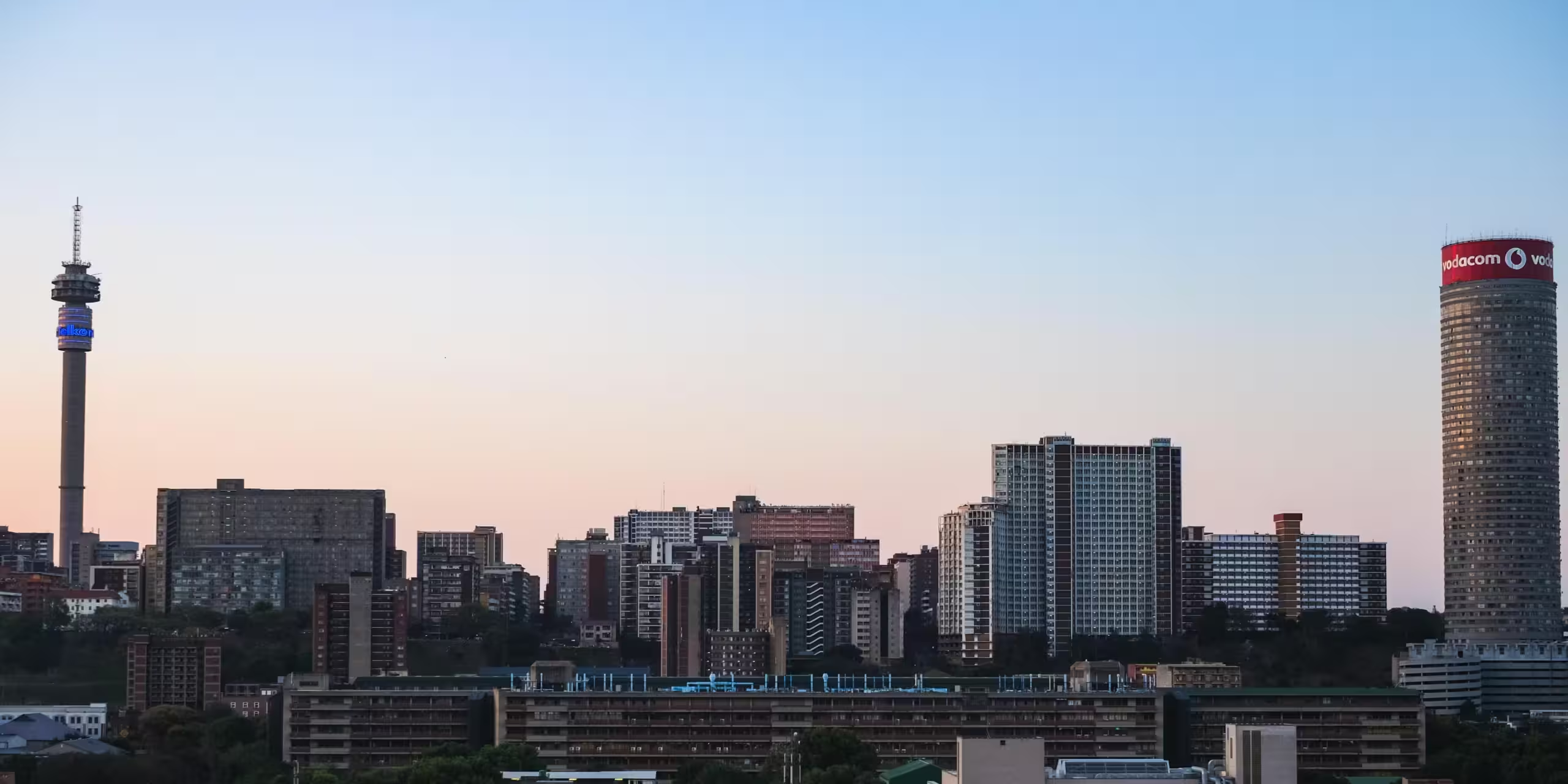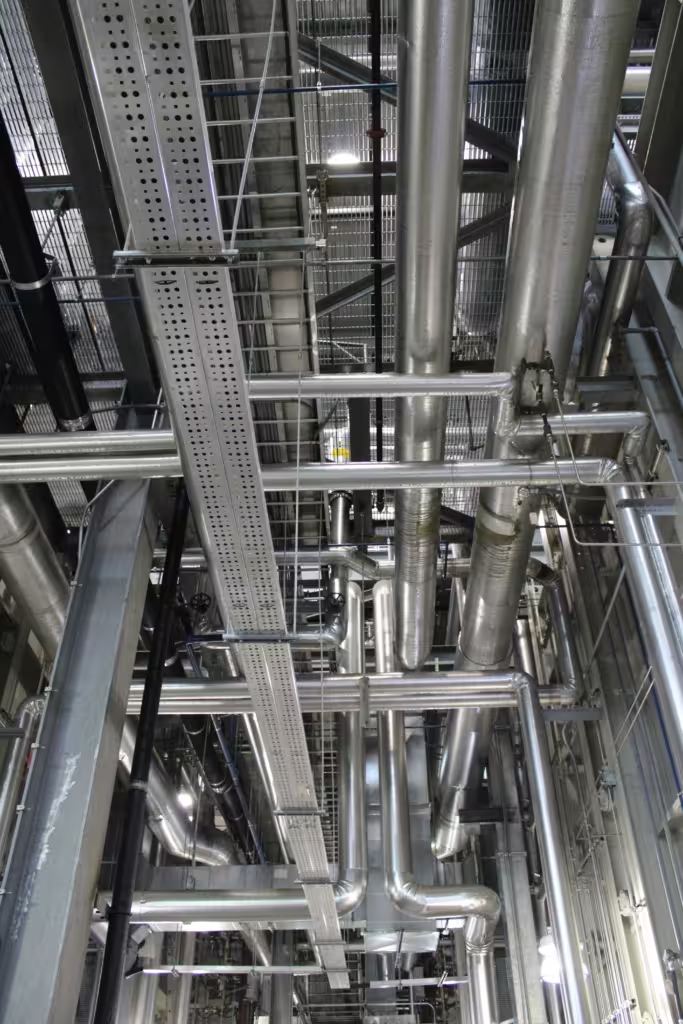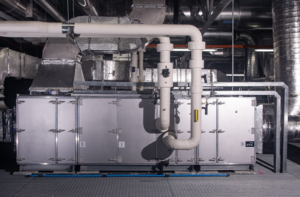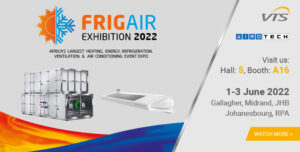Energy Consumption for Cooling to Triple by 2050.

Manufacturing plants and buildings are among the largest energy consumers in South Africa, making them significant carbon dioxide emitters and contributors to climate change. One of the primary reasons for high energy usage in buildings is the electricity consumption for heating and cooling purposes. Heating, Ventilation, and Air Conditioning (HVAC) systems alone account for 40–60% of a building’s total energy consumption.
Globally, air conditioning currently consumes approximately 10% of total electricity usage, resulting in substantial fugitive greenhouse gas emissions that contribute to global warming. In South Africa, over 90% of this energy is generated from coal.

Taking action is imperative; cooling has been recognised by the UN Secretary-General as a significant opportunity for cleaner growth. To progress toward a future of low-carbon buildings, it is crucial to develop HVAC strategies that offer multiple benefits and adopt a holistic approach that considers the entire life cycle of buildings. Establishing financial and legislative incentives to promote long-term sustainability in the HVAC industry is vital.
Enhancing the energy efficiency of cooling systems and transitioning to cleaner refrigerants not only reduces energy consumption and emissions but also lowers costs and improves air quality, comfort, and productivity. Use this knowledge to drive the adoption of low-carbon adaptations and refurbishments that optimise energy usage in industries and buildings.
What can you do?
Reducing energy consumption requires all stakeholders to take greater responsibility by understanding the environmental consequences of their energy choices. Providing relevant data to stakeholders during crucial decision-making stages is essential. To meet climate goals, we will need to think creatively and build scalable solutions. Here are proactive steps you can take to support the drive towards decarbonisation:
- Aeroseal HVAC Duct Sealing, supplied by Airotech, can effectively seal potential air leaks. This technology identifies and seals leaks using a non-toxic sealant, preventing hot and cold air from escaping and making your building more energy-efficient. Energy Star in the US has identified duct leakage as the top energy-saving opportunity in both new and existing buildings, with around 75% of commercial HVAC ducting leaking at least 10-25%.
- Incorporate building design considerations: During new construction or renovations, incorporate passive design strategies, such as proper orientation, shading devices, and thermal mass. These strategies maximise energy efficiency and reduce reliance on mechanical systems.
- Enhance insulation materials: Upgrade insulation materials to those with higher thermal resistance (R-value). Consider materials such as fibreglass, cellulose, rigid foam, or spray foam insulation to minimise heat transfer.
- Conduct energy audits for existing public and commercial buildings and perform energy demand studies for newly constructed ones.
- Install a Cool Roof – a passive cooling technology that utilises reflective or radiative materials. Advanced Cool Roof materials can radiate heat directly into space through the “atmospheric window,” allowing electromagnetic radiation to escape into the cold void above our atmosphere.
- Regularly maintain your HVAC equipment. The Carbon Trust in the UK has determined that poorly maintained HVAC systems can increase energy bills by up to 30%.
In conclusion, while manufacturing plants and buildings currently contribute significantly to climate change, there is hope for a brighter future. By embracing innovative solutions and taking collective action, we can pave the way towards sustainable and low-carbon buildings. The increasing awareness of the environmental impact of air conditioning presents a unique opportunity for positive change. Through strategic approaches that prioritise energy efficiency, cleaner technologies, and holistic design, we can mitigate carbon emissions and enhance the overall quality of buildings. Together, we can make a significant difference and shape a promising path towards a greener world for generations to come.




